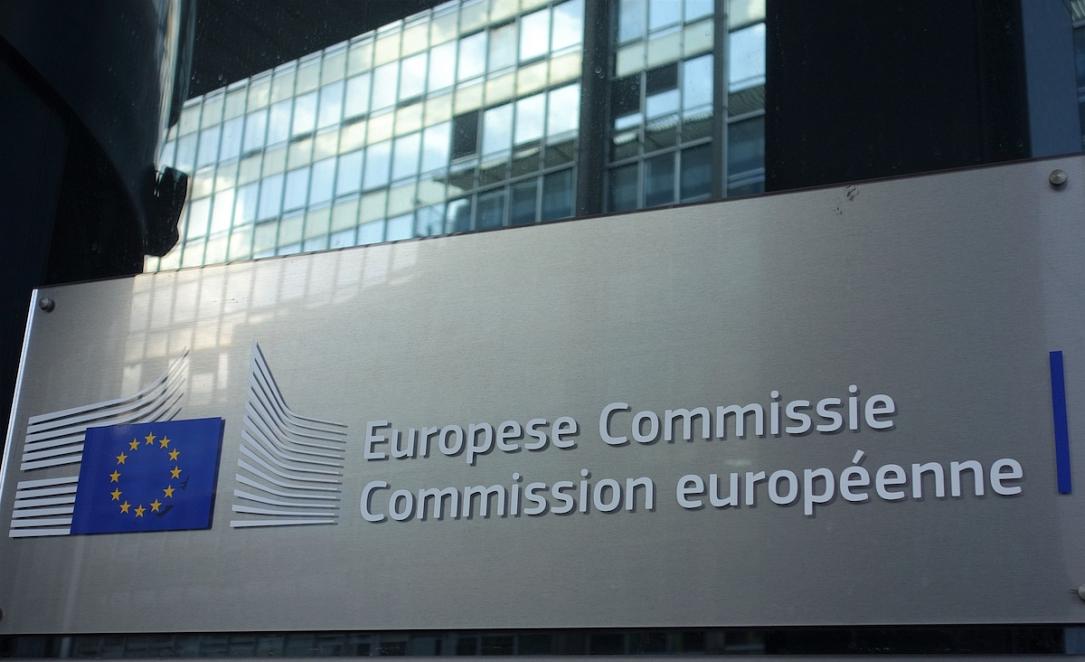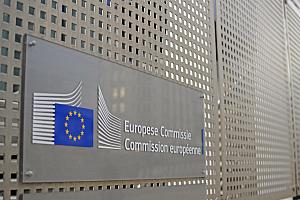EC: Fiscal consolidation should be main tool to reduce Romania's external imbalances

The wide current account deficit and the eroding competitiveness are Romania's main macroeconomic challenges, according to the European Semester country report issued by the European Commission on May 24.
In line with the general recommendations for all EU member states, the Commission encouraged Romania to pursue fiscal consolidation and exit the Excessive Deficit Procedure, wind down the energy support measures in force by the end of 2023, and preserve nationally financed public investment and ensure the effective absorption of Resilience Facility (RRF) grants and other EU funds.
A second recommendation regards strengthening the administrative capacity to allow for a continued swift and steady implementation of the recovery and resilience plan. Finally, the EC recommended Romania reduce reliance on fossil fuels and accelerate the clean energy transition.
The EC expressed concerns related to the implementation of the Resilience Facility in Romania. The implementation of Romania's recovery and resilience plan is underway, the report acknowledges, adding that "there are risks of significant delays with the implementation of the plan due to the weak governance and limited capacity of the public administration."
The Commission sweetened its forecast for Romania's indebtedness, in line with its fiscal consolidation scenario sketched under the recent Winter Forecast. It expects the public debt to GDP ratio at 65% within ten years (in 2033), compared to 72.7% projected for the ten-year horizon under the last year's edition of the European Semester. The risks to fiscal sustainability were consequently maintained at a 'low' level while the risks for the medium term were revised downwards from 'high' to 'medium'.
Still, fiscal consolidation should be the main tool to reduce Romania's external imbalances. Romania's external deficits are unsustainable in the medium to long term, the report reads.
The Commission noted that the external deficit financing has been stable for now, as Romania's strong fundamentals (low overall debt levels, robust banking system) continue to reassure investors. But a volatile global context and tight financing conditions in developed economies pose risks to the outlook. Furthermore, Romania should address the external imbalances, also considering the large reduction in EU transfers at the end of the recovery and resilience plan (RRP) period.
Regarding competitiveness, both cost and non-cost issues persist. Nominal unit labour cost increased by 6.2% in 2022 (and 10.1% since 2019), while the real effective exchange rate (HICP deflated) appreciated by 2.2%. The policy progress in addressing competitiveness deterioration was insufficient. In 2022, progress made under RRP on sustainable transport, digitalization, the fight against corruption, and education helped against some of the non-cost competitiveness issues, but more is to be done, according to the EC's Semester report.
Other relevant findings of the report
1. Municipal waste management, recycling rates lag behind EU27 averages. Romania predominantly landfills its municipal waste, but it also produces much less municipal waste compared to other European countries: 302kg per capita, over 40% less compared to the EU27 average. Even so, Romania landfilled more municipal waste per capita than the EU27 average. It landfilled 75.5% of its municipal waste, a rate over three times the EU average of 23% (resulting in 225kg of waste per capita, compared to some 125 in EU27). The recycling rate did not show significant progress in Romania in the last 5 years (from 13.4% in 2016 to 11.3% in 2021).
2. Innovation rates and R&D expenditures are way below EU27 averages. Romania is an 'emerging innovator' with the weakest innovation performance in the EU. According to the 2022 European Innovation Scoreboard, Romania's innovation performance is just 50% of the emerging innovators' average, and the gap between Romania's performance and the EU's is widening.
3. Structure of budget revenues shows low labour tax and even lower capital tax contributions. As a share of GDP, labour taxes are 12.1% in Romania – just over half the 20.9% share in EU27. The income taxation is roughly flat, and this generates challenges, the report points out. A relatively high tax wedge for low-wage earners may reduce labour demand for low-skilled workers. The limited progressivity of the tax system also contributes to the low ability of the tax and benefit system to redistribute income.
Separately, the capital taxes in Romania are only 4% of GDP – less than half the 8.5% average in EU27. Notably, only the consumption taxes are close to the EU27 average: 10.4% in Romania compared to 11.2% in EU27. This is despite the much wider VAT (collection) gap in Romania.
iulian@romania-insider.com
(Photo source: Cineberg Ug/Dreamstime.com)













